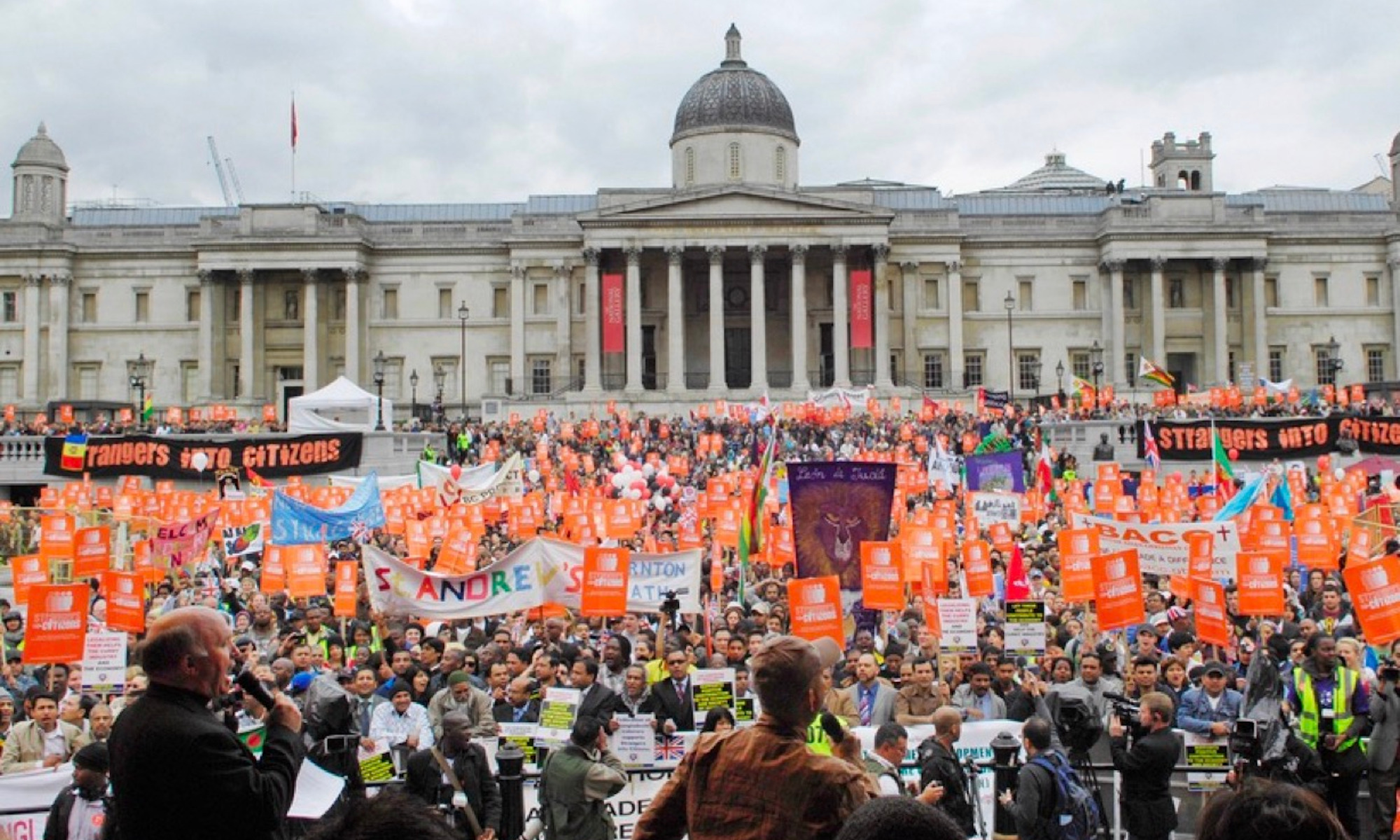Over the course of the 1800s, Holborn District experienced a period of steady population growth followed by a period of population decline, resulting in a net loss of a little over 5,000 people from 1801-1890. The district did not experience any real periods of rapid growth compared to other metropolitan districts. Although the population in the area grew steadily from 1801-1850, the decade of greatest growth only entailed a 9.13% increase in population from 1811-1820 (from 48,828 to 53,288 people). Other decades of growth varied between around 5% growth to as low as 1.69% growth from 1821-1830.
By 1850 the period of population growth was done and, unlike its steady growth intervals, the district began to experience a relatively steep decline in population. What started as a 4.96% decrease from 1851-1860 (59,567 to 56,612 people) became a 10.48% decrease in population from 1861-1871 and, even more dramatically, an 18.56% decrease in population from 1871-1881 (a loss of over 9,000 people). A relatively small district, Holborn started the century in the highest category for population density and, by 1890, slipped to the second-highest category for population density.
There are a couple factors to consider when looking at these fascinating population trends in Holborn. Compared to some of its neighboring districts, Holborn did not experience a period of incredibly rapid population growth. One possible reason for this might have been the Mendicity Society, an institution mentioned in my previous post and which entered the district early in the century. The Society would give out tickets to beggars, who could then travel to the Society building and use the tickets to apply for food, work or other aid. One important condition often attached to this charity was that the beggar then leave the Holborn district. While it seems unlikely that this kind of system could entirely account for why Holborn’s population growth was relatively sluggish, a steady flow of beggars out of the district due to the Mendicity Society’s efforts might have played a role in offsetting the population growth generated by migrants moving into the area.
A more important factor at play in the population change of Holborn District was the construction of Farringdon Street Station, the terminus of the world’s first underground railway (the Metropolitan Railway). This train line was crucial in facilitating the move of London’s metropolitan poor to the suburbs in search of better housing, and it appears that the residents of Holborn were among the most eager to make the suburban flight. The Railway opened in 1863, almost exactly coinciding with the beginning of Holborn’s rapid decline in population. Additionally, the creation of the Metropolitan Railway led to the destruction of thousands of homes along its route. The construction of Farringdon Street Station may have been similarly disruptive to the part of Holborn District that surrounded it as inhabitants either had to grow accustomed to a suddenly busy neighborhood with hordes of train passengers or relocate entirely.
